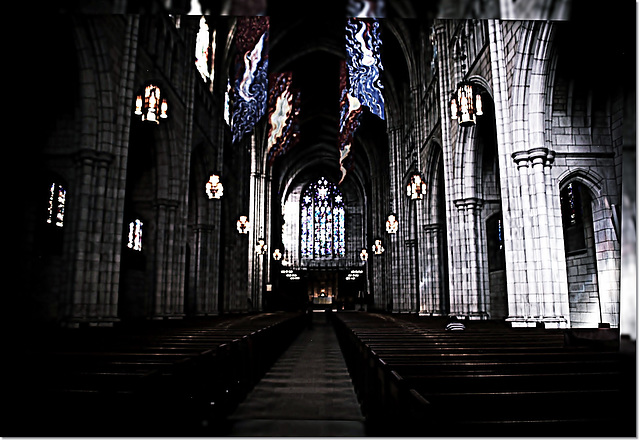Winter Evening
Swan Song
Junco
13th Century House
Which path to take
Opossum
Einstein, his wife & Charlie Chaplin
An abandoned barn
New York street
At Lady Lever Art Gallery
Beyond the fence
Burraud & Lund
Why you can't tickle yourself
Conversazione
Paper
^
How the Language Works
Writing ~ An Art of discovery
Christian Science Monitor Premises
At Boston MA
Happiness is when
Yes
Winter Trail
Meadow
Diagram ~ Voyager Spacecraft Golden Record
Fall Morning
Czech Bakery
On a Spring bough
Michigan State University
Alone
The Wheel
One Art
See also...
Keywords
Authorizations, license
-
Visible by: Everyone -
All rights reserved
-
123 visits
- Keyboard shortcuts:
Jump to top
RSS feed- Latest comments - Subscribe to the comment feeds of this photo
- ipernity © 2007-2024
- Help & Contact
|
Club news
|
About ipernity
|
History |
ipernity Club & Prices |
Guide of good conduct
Donate | Group guidelines | Privacy policy | Terms of use | Statutes | In memoria -
Facebook
Twitter



The impact of photography on peace and war cannot be exaggerated. It helped destroy the raison d’etre of representational art. It transformed people’s visual consciousness of themselves and the world around them. It put a powerful tool at the disposal of every branch of science and communication. Picture of Crimean War brought the realities of military conflict to the world’s attention, just as family portraits revolutionized perceptions of social life. Photography also brought a new dimension to the historical record. Fifty years before sound could be recorded, photographic collections began to amass real images of all aspects of the past.
Yet the realism of photography was deceptive. The art of retoucher in official Soviet photography, for example, was notorious. Stalin removed all traces of Trotsky’s presence from the record; and Gorbachev’s unsightly birthmark was removed as late as 1985. But even the honest photographer’s arbitrary selection of angle, of the momentary snapshot, of light, tone, and texture, and above all, of subject, leaves as much hidden as revealed. The camera, like the historian, always lies.
Sign-in to write a comment.